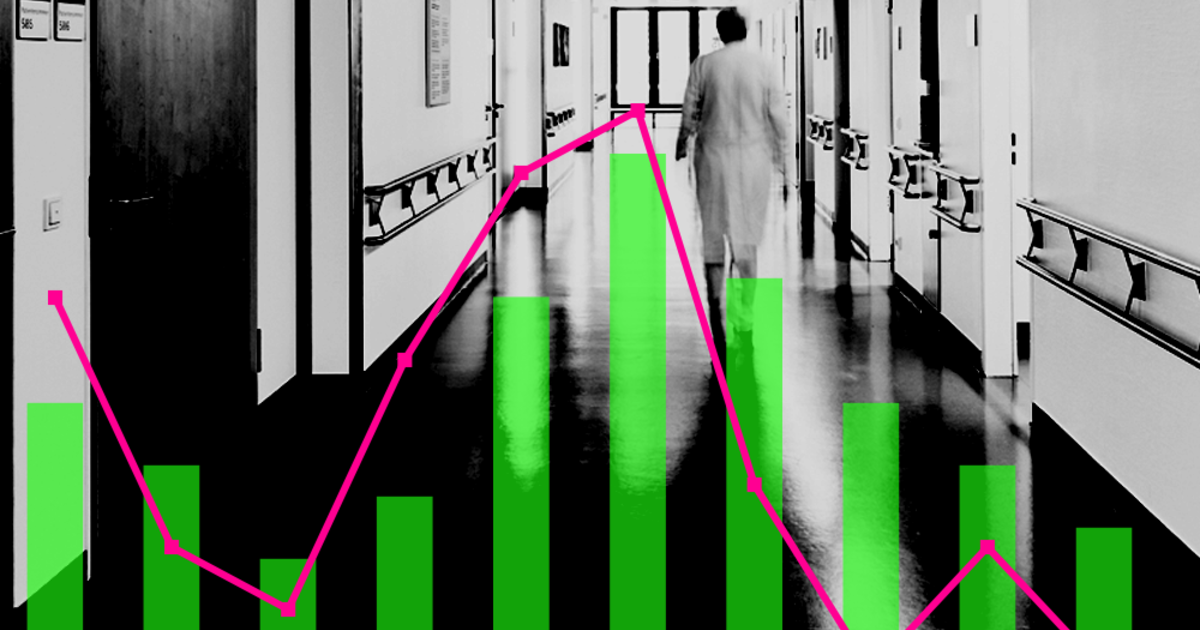[ad_1]
Primary care physicians’ compensation saw a bigger boost in 2022 than a year earlier but the gain was not enough to offset last year’s inflationary pressures.
Median total compensation for primary care doctors rose 4.41% last year, compared with 2.13% in 2021, according to a Medical Group Management Association analysis released Thursday of data from more than 190,000 physicians.
Consumer prices, on an unadjusted basis, rose 6.5% in the 12 months ended in December, according to the Labor Department.
Primary care physicians saw the biggest pay increase among surgical and non-surgical specialists and advanced practice practitioners.
Still, primary care physicians remain among the lowest paid across all specialties, resulting in relatively fewer medical school graduates who specialize in primary care and exacerbating shortages, particularly in rural areas.
Primary care doctors have long lobbied the federal government to increase the physician fee schedule, especially as the number of non-urgent surgeries declined during the pandemic and doctors continue to grapple with higher expenses. While the spending bill passed late last year slowed Medicare pay cuts for physicians in 2023, to 2% from 4.5%, lobbying groups said Congress should have prevented pay reductions. Physicians may be forced to rely more on commercially insured patients and limited care for Medicare beneficiaries, the American Medical Association said.
Here are five takeaways from the report:
- Primary care physician pay varies regionally. Providers in the southern and western regions experienced the largest increases in compensation from 2019 through 2022. Compensation increased 11.4% in the western region, compared with 6.5% in the eastern region.
- No specialties kept up with inflation. Total compensation for surgical and nonsurgical specialists cooled in 2022, dropping to 2.54% in 2022, from 3.89% a year earlier, for surgical specialists and to 2.36% last year, from 3.12% in 2021 for nonsurgical physicians. Advanced practice practitioners saw their pay increase ebb slightly, to 3.70%, down from 3.98% in 2021.
- Growth plans were scaled back. Only 28% of medical groups added an ancillary service from October 2021 to October 2022 as they grappled with labor shortages.
- Retirements are on the horizon. About 40% of practicing physicians will reach retirement age in the next decade. That is, in part, why health systems are partnering with medical schools as they look to build their staffing pipeline.
- Signing bonuses are popular. Nearly half of physicians were offered a signing bonus in 2022, compared with roughly 18% of advanced practice practitioners.
[ad_2]
Source link



